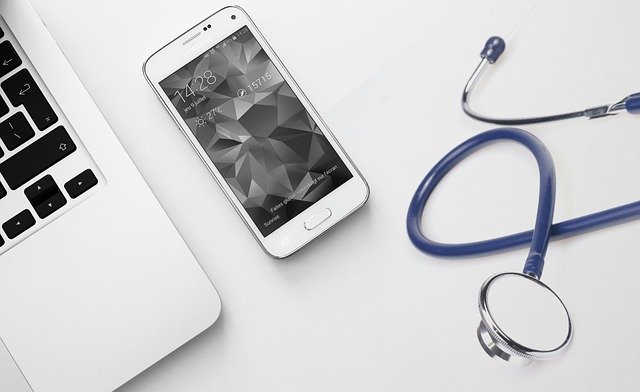Steven Kemler on the Expansion of Telemedicine Amid COVID-19: Internet-Delivered Healthcare Goes Mainstream
Telemedicine is nothing new; the concept emerged in the early days of the Internet. Like telecommuting, telemedicine had been shifting gradually toward the mainstream over many years… only to be pushed directly into the spotlight practically overnight as a result of the global Covid-19 pandemic. Steven Kemler, Managing Director of the Stone Arch Group , explains why the rapid shift to telemedicine is one pandemic-related change that is unlikely to reverse once the world returns to “normal”.
Medical organizations have long used telecommunication technologies to share case studies, get second opinions from colleagues, and provide e-learning tools to train doctors in far-flung locations. Over time, doctors have warmed to the idea of telemedicine as a means of increasing patient throughput, a tool to diagnose and treat non-life-threatening illnesses more rapidly, and a novel revenue stream. Telemedicine was on the rise. And then came Covid-19.
At the height of its infancy, telemedicine was forced to mature practically overnight as Covid-19 swept the globe. Strongly discouraged from leaving the safety of their homes and with hospitals bracing for an onslaught of Covid-19 cases, the early months of the pandemic saw many patients deciding against visiting the doctor for check-ups, even if they were feeling ill. In many cities, especially those with a high concentration of Covid-19 cases, patients were told not to visit their doctor or the emergency room unless they faced a life-or-death situation.
The result was a dramatic drop in routine medical office visits. In addition to putting patients’ health at risk due to a lack of treatment, this avoidance of medical services did tremendous harm to medical service providers’ financial wellbeing. The situation was untenable for both the patient and the physician. Telemedicine offered a compelling reprieve for both parties.
Telemedicine is not unlike the many video conference calls that have become so commonplace during the pandemic. A patient schedules an appointment online. At the designated time, the patient clicks a link that they receive via email, connecting them face-to-face with their physician. Often, there is some digital paperwork to complete, such as a triage questionnaire or a report on the history of a condition. From there, the conversation proceeds much as it normally would in a medical office; the physician discusses the patient’s complaint and symptoms over the video conference, examines the patient visually, and in many cases prescribes medication.
There are, of course, limits to the power of telehealth. Blood and other samples must be collected physically. Some injuries and illnesses cannot be adequately examined with the cameras built into smartphones and laptops. And a large share of patients – particularly the most gravely ill patients – are elderly, making even minor technical challenges difficult to overcome. To compensate for these shortcomings, many physicians have begun making more house calls or sending qualified staff to draw blood or take photos of injuries and ailments.
While the limitations of telemedicine remain significant today, they are certain to become less pronounced over time. Inexpensive sensors could be sent out to patients in the millions, providing robust data about any number of hard-to-observe indicators of disease. Sophisticated medical devices could be tuned remotely by doctors or other trained technicians through the internet of things. And the technology in our smartphones, both software and hardware, will only continue to improve.
Telemedicine is here to stay. While Covid-19 has thrust the approach into the mainstream years before it otherwise would have become commonplace, there is no going back now. Healthcare delivered over the internet will only improve, benefiting patients and providers alike.
Feature Image by mohamed Hassan from Pixabay
Boris Dzhingarov graduated UNWE with a major in marketing. He is the founder of ESBO ltd a brand mentioning company. He is also passionate about meditation and healthy living. You can find articles on such topics at his spiritual blog Dzhingarov.com.

